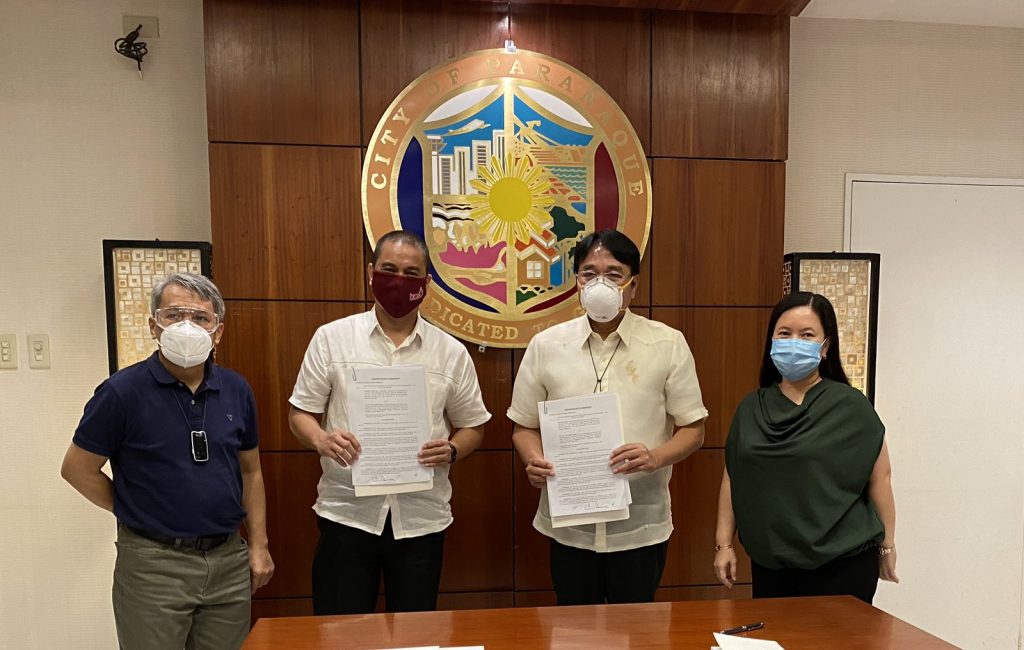Why the need for the Strictly Personal Service of Demand Letter?

For a criminal case of violation of Batas Pambansa Bilang 22 (B.P. Blg. 22) or the
Anti-Bouncing Checks law to prosper, the complaining party must first hurdle the
requirement of personal service of the notice of dishonor (demand letter).
To be liable for violation of B.P. Blg. 22, the following essential elements must
be present (Campos v. People, G.R. No. 187401, September 17, 2014, 735 SCRA 373):
- the making, drawing, and issuance of any check to apply for account or for value;
- the knowledge of the maker, drawer, or issuer that at the time of issue he does not have sufficient funds in or credit with the drawee bank for the payment of the check in full upon its presentment; and
- the subsequent dishonor of the check by the drawee bank for insufficiency of funds or credit or dishonor for the same reason had not the drawer, without any valid cause, ordered the bank to stop payment.
As adverted to earlier, it is necessary in cases for violation of Batas Pambansa Blg. 22, that the prosecution prove that the issuer had received a notice of dishonor. It is a general rule that when service of notice is an issue, the person alleging that the notice was served must prove the fact of service. (Resterio vs. People of the Philippines, G.R. No. 177438, September 24, 2012)
In other words, the prosecuting party must prove that the notice of dishonor has been personally received by the person who issued the bum checks himself. How must it be proved?
It is not enough for the prosecution to prove that a notice of dishonor was sent to the drawee of the check. The prosecution must also prove actual receipt of said notice, because the fact of service provided for in the law is reckoned from receipt of such notice of dishonor by the drawee of the check. The burden of proving notice rests upon the party asserting its existence. Ordinarily, preponderance of evidence is sufficient to prove notice. In criminal cases, however, the quantum of proof required is proof beyond reasonable doubt. Hence, for B.P. Blg. 22 cases, there should be clear proof of notice. (Alferez vs. People of the Philippines, G.R. No. 182301, January 31, 2011)
Undoubtedly, the proof of receipt of the notice of dishonor is the most difficult thing for the prosecution to prove in B.P. Blg. 22 cases. KeriLex understands this burden.
KeriLex seeks to lessen the burden for those prosecuting B.P. Blg. 22 cases by offering the Strictly Personal Service of Demand Letter solution. How does KeriLex execute such solution?
KeriLex riders are trained to observe and investigate the areas upon which the demand letter (or notice of dishonor) will be served. It is better if the sender of the demand letter will provide additional details such as the picture of the recipient, and other information that might help in identifying and locating the recipient.
KeriLex riders are trained to tender the demand letter to the recipient himself, and even if the recipient refuses to receive, the rider will execute an affidavit of service and is willing to testify in court to prove the service of the demand letter.
KeriLex will also coordinate the efforts of its riders to the customer during the delivery. The customer can even suggest tactics that the rider may employ.
Of course, strictly personal service may not always be successful, but KeriLex customers can rest assured that its riders will exert all efforts to serve their demand letter upon the recipient. KeriLex riders are trained to employ different strategies to increase the chances of a successful service should the customer wish to attempt another service.

Got Multiple Deliveries This Holiday Season? Keri Lang Yan
The holiday season is upon us; but with the ongoing pandemic, not everyone...
Read More
Parañaque launches on-line courier service for gov’t transactions
To contain the spread of coronavirus disease (COVID-19), the Paranaque City government...
Read More
Malayan Insurance covers 300 Keri Delivery riders
MALAYAN Insurance Co. Inc. has provided personal accident (PA) insurance...
Read More